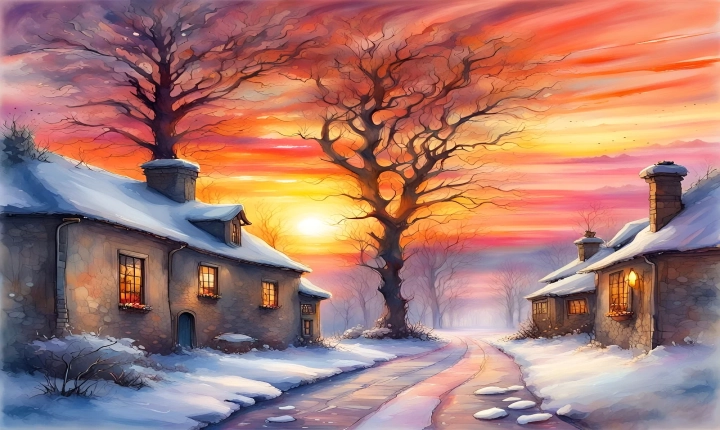Is AI Art Stealing From Artists?
Artificial Intelligence (AI) has become a powerful tool in many industries, but one area where its impact is particularly controversial is in the field of art. With the rise of AI-generated art, some argue that machines are appropriating the creative process and potentially devaluing the work of human artists.
AI-generated art has sparked debate about the nature of creativity and the role of technology in artistic expression. Proponents of AI art argue that the technology enables new forms of creativity and can collaborate with human artists to produce innovative and engaging works. However, skeptics worry that AI art is merely replicating existing styles and techniques without the depth and emotion that human artists bring to their work.
One of the fundamental concerns is the issue of originality and ownership. When AI generates art, who holds the rights to the work? Is it the programmer who created the algorithm, the machine that executed it, or the artist who provided input and oversight? This ambiguity raises questions about intellectual property and the potential for AI-generated art to infringe on the rights of human creators.
Furthermore, there is the ethical dilemma of AI art potentially devaluing the labor and skill of human artists. As AI becomes more proficient at mimicking various artistic styles and techniques, it could flood the market with easily produced, low-cost art, undermining the livelihood of professional artists who dedicate years to honing their craft.
Some argue that the proliferation of AI art could also lead to a homogenization of creativity, as machines generate art that conforms to popular trends and preferences, potentially stifling the diversity and individuality inherent in human artistic expression. Additionally, there is the risk of AI art replacing or overshadowing the work of human artists, leading to a dehumanization of the artistic process and an erosion of the value placed on human creativity.
On the other hand, proponents of AI art argue that the technology has the potential to expand the boundaries of artistic expression by offering new tools and techniques for artists to explore. AI can generate novel ideas, inspire collaboration, and push the boundaries of what is possible in art. Some even argue that AI art is not stealing from artists, but rather creating a new category altogether, one that exists in parallel with traditional human-generated art.
Ultimately, the rise of AI art raises challenging questions about the nature of creativity, ownership, and the impact of technology on artistic expression. As the technology continues to advance, it is essential to consider the implications of AI art on the art world and the ethical and legal frameworks needed to navigate this evolving landscape.
In conclusion, the debate over whether AI art is stealing from artists is complex and multifaceted. While AI has the potential to inspire new forms of creativity and collaboration, it also raises concerns about originality, ownership, and the devaluation of human artistic labor. As we continue to grapple with the implications of AI in art, it is crucial to consider the perspectives of both artists and technologists and to foster dialogue on how to ensure that AI supports, rather than diminishes, the integrity and diversity of artistic expression.
